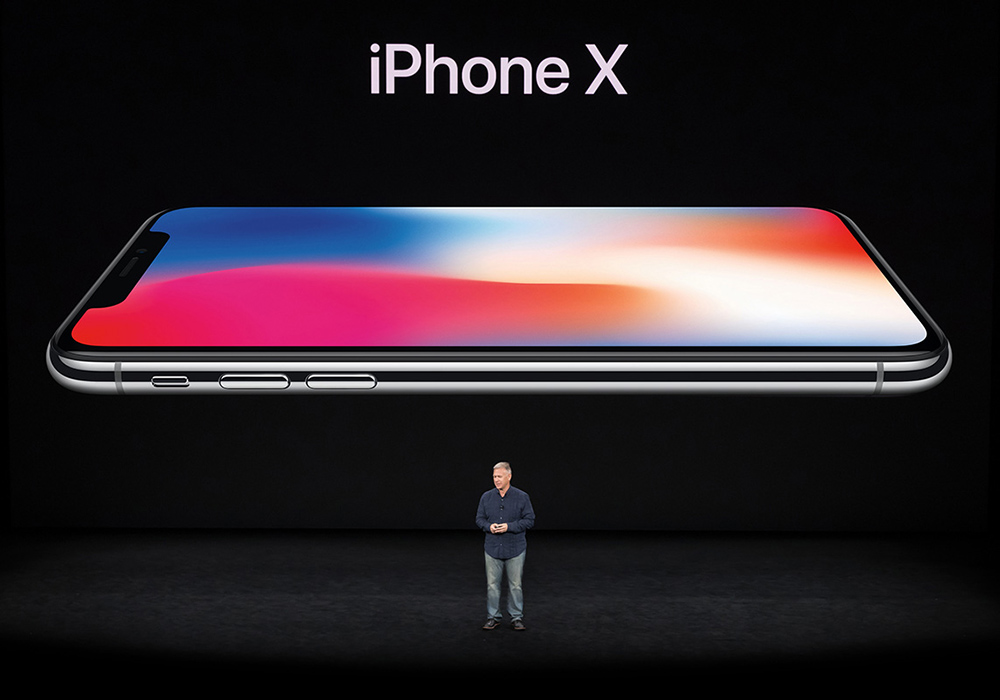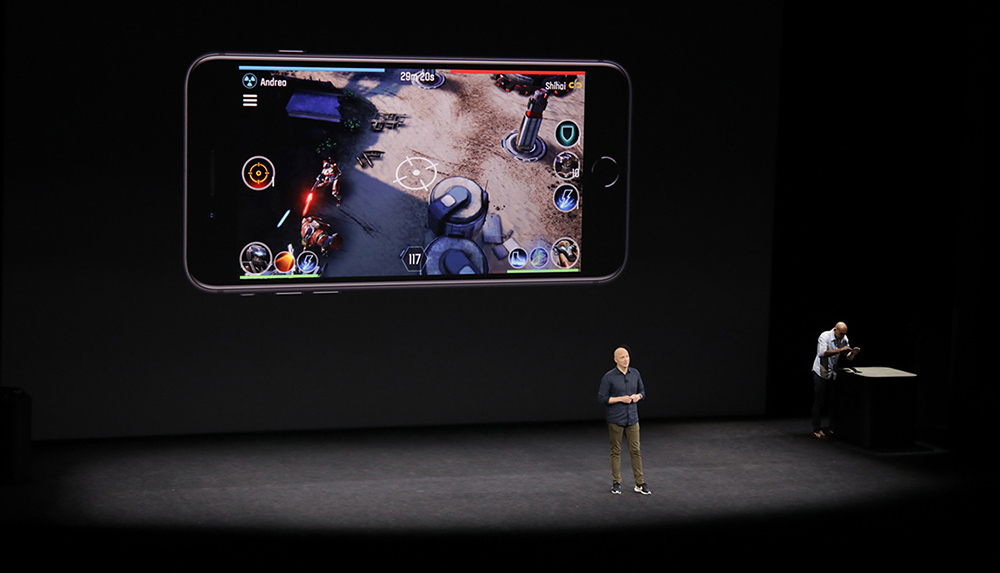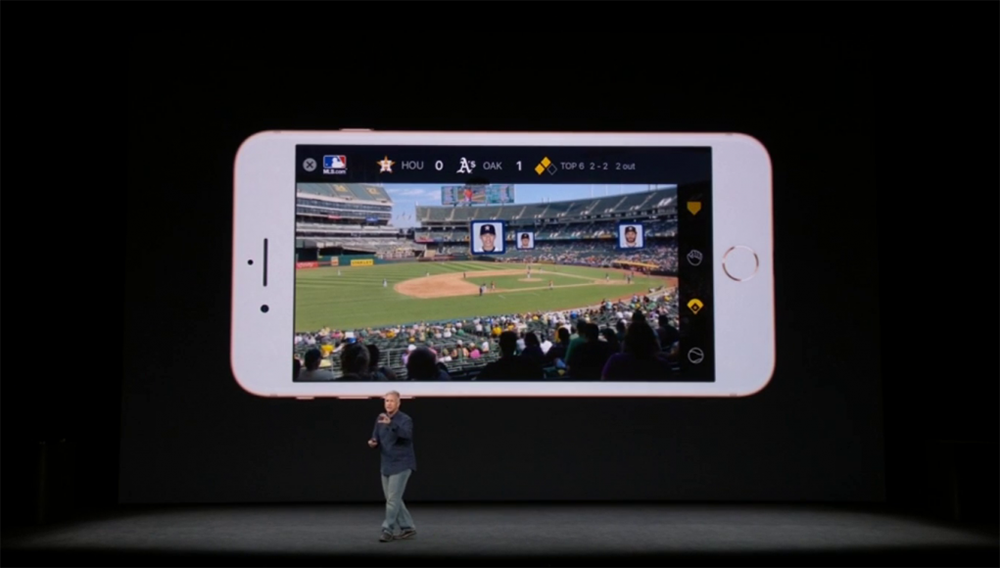
20 Sep How Can Apple’s New Augmented Reality Work for Your Brand?
Last week, Apple hosted its annual event unveiling their latest technology with all the pomp and circumstance that we have grown accustomed to. They hosted the announcement as the inaugural event in the new Steve Jobs Theater at their state of the art Cupertino campus. The lead-up to the iconic “one more thing” (iPhone X) included new releases like the Apple TV 4K, Apple Watch 3, and iPhone 8. They also announced their new iOS 11, which is officially available for download as of yesterday. But like others in the future tech industry, we were most excited about the implementation of Augmented Reality and the mass adoption that follows when Apple releases a feature.

So what does that mean for us? It means that the tens of millions of people who use iPhones have instant access to augmented reality. From a marketing standpoint, that’s huge. One of the biggest hurdles we have to jump is technology awareness, and thanks to last week’s announcement, millions of more people now know that augmented reality exists. The other main challenge is access. While an app download is still required at this time, the experience doesn’t require a physical tracker, which breaks down one more barrier. The phone uses camera and sensor data to place objects, graphics or animations in our world, through the lens of our phones.

At Futurus, we’re actively developing for ARKit and are excited to see all of the creative and innovative ways it’s being used on mobile devices. From virtual tape measures to friendly characters in one’s living room, it is quickly becoming the new standard for interactive app interfaces. The function can also be used to market products by bringing them to life and telling a brand’s story. There are countless ways to implement the feature and this is just the beginning of more immersive and interactive engagement with our mobile devices.

Long term, we see this functionality shifting towards glasses. Magic Leap is in the rumor mill once again with predictions that a small group of users will gain access to the technology in six months. Existing headsets like HoloLens are being used on a daily basis in some businesses. And Google has released a new version of its famous Glass, specifically targeted at enterprise customers. As augmented reality technology evolves, we will see companies like Apple continue to set new standards for consumer AR. This is a great start and we can’t wait to see what new creations come out of the release of ARKit. If you have been considering utilizing ARKit for your company, reach out to our team. We’d love to have you over and ideate around how this technology can work for your brand




